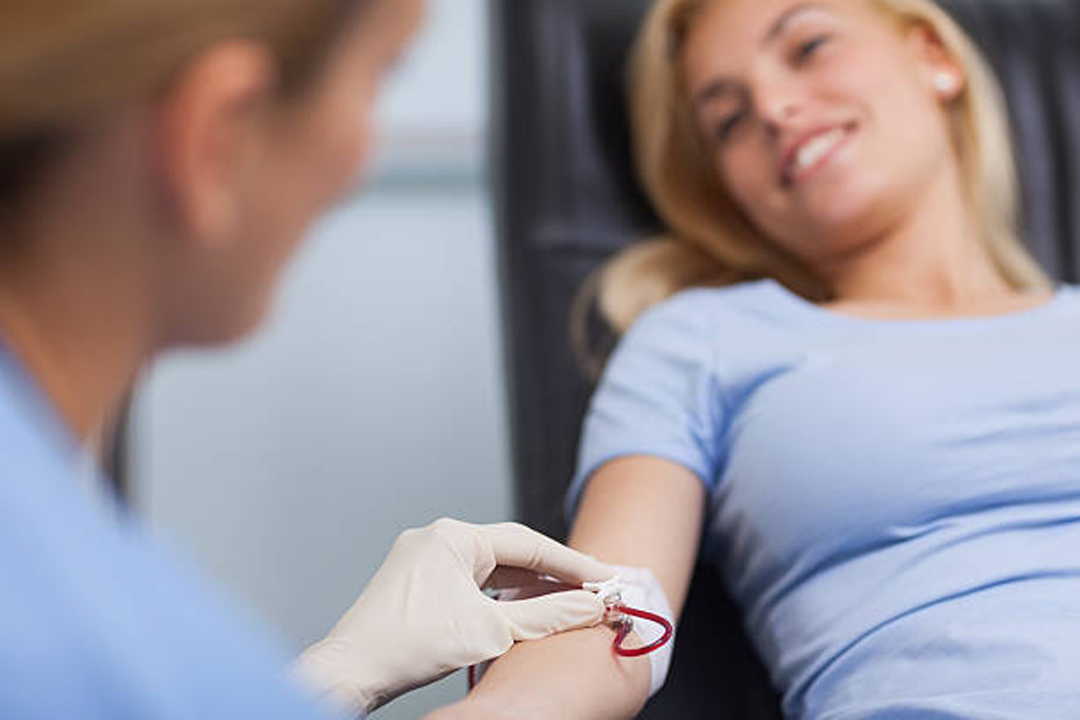
When you need a blood transfusion, do you have to worry about the temperature of the blood? Most people assume that cold blood is bad for transfusions, but is this really the case? In this blog post, we will explore the science behind blood transfusions and answer the question of whether or not it is necessary to warm blood before a transfusion.
So, Does Blood Need To Be Warmed Before a Transfusion?
Yes, blood should be warmed before transfusion, especially in colder weather. The main reason is to prevent hypothermia, which can occur when cold blood enters the body.
Warming blood helps to maintain its normal temperature, which is essential for proper circulation and cell function. It also prevents clotting and ensures that the blood will be less viscous and easier to pump through the body.
There are a few ways to warm blood before transfusion. The most common method is to use a blood warmer, which is a device that uses warm water or air to heat the blood. When using a blood warmer, following the manufacturer’s instructions carefully is essential to avoid overheating the blood, which can damage cells.
Another method of warming blood is to transfuse it directly into a vein that has been heated with a heating pad or warm compress. This method is usually only used in emergencies when there is no time to set up a blood warmer.
Another option is to use a heated IV bag, which can be placed on the patient’s body or hung from an IV pole. This method is usually only used for patients who cannot tolerate a blood transfusion at body temperature.
No matter which method you use, it’s essential to monitor the patient’s temperature closely during and after the transfusion to make sure that they do not develop hypothermia. Hypothermia can occur even when the blood is warmed, so it’s essential to be aware of the signs and symptoms.
If you think the patient may be developing hypothermia, stop the transfusion and call for medical help immediately. Some common signs of hypothermia include shivering, confusion, and slurred speech.
Monitoring the patient’s temperature is also essential to ensure that the blood is not too hot. If the blood is too hot, it can damage cells and cause serious side effects. Some of the most common signs of a hot transfusion include redness, swelling, and pain at the infusion site. If you think the blood is too hot, it’s crucial to not proceed with the transfusion and call for medical help immediately to avoid serious complications.
What Will Happen if Blood Is Not Warmed Before a Transfusion?
If blood is not warmed before a transfusion, it can cause serious complications. As mentioned, the most common complication is hypothermia, which can occur when the transfused blood is cooler than the patient’s body temperature. Hypothermia can cause cardiac arrest, respiratory failure, and death. Other potential complications of transfusing cold blood include:
Hemolysis
This is the destruction of red blood cells. It can occur when transfused blood is cold or when it is warmer than the patient’s body temperature. Hemolysis can lead to anemia, kidney failure, and death.
Thrombosis
This is the formation of a blood clot. It can occur when transfused blood is cold or when it is warmer than the patient’s body temperature. Thrombosis can lead to stroke, heart attack, and death.
Allergic reactions
Allergic reactions to transfusions are rare but can occur if the patient is allergic to a particular component of the transfused blood, such as red blood cells, plasma, or white blood cells. Allergic reactions are magnified if the blood is not warmed before transfusion. This is because cold blood can cause histamine release, leading to anaphylactic shock.
Transfusion-related acute lung injury (TRALI)
TRALI is a serious complication that can occur when the patient’s lungs are exposed to substances in the donor’s blood, such as antibodies. TRALI can be fatal, but it is more likely to occur if the transfused blood is not warmed.
Anaphylactic reactions
Anaphylactic reactions are the most serious type of allergic reaction and can occur even if the patient is not allergic to any component of the transfused blood. Anaphylactic reactions can be life-threatening and require immediate medical treatment.
Warming the blood before transfusion can help to prevent these complications. There are several ways to warm blood, such as using a special warming device or placing the blood bags in a water bath. The best way to warm blood will depend on the hospital’s resources and the urgency of the transfusion.
If you are scheduled to receive a transfusion, ask your healthcare provider whether the blood will be warmed beforehand. It is also essential to let your healthcare provider know if you have any allergies or medical conditions that could complicate a transfusion. Warming the blood before transfusion can help to prevent serious complications, so it is essential to make sure that it is done correctly.
Comments
comments